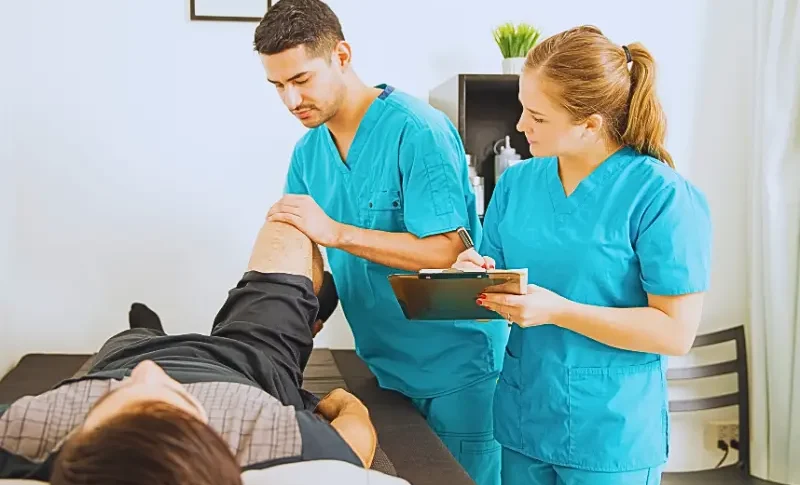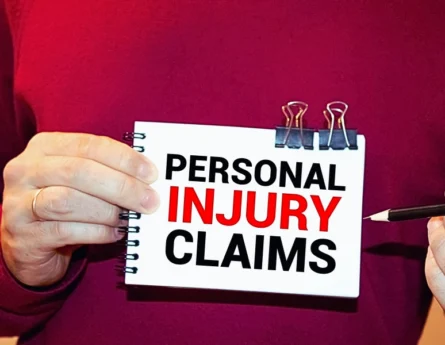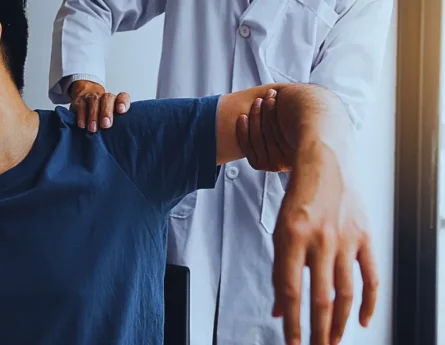As a chiropractor, your role can be central in helping patients heal after an accident. But when a personal injury claim is involved, your care extends far beyond the adjustment table. The records you keep, the way you communicate, and the clarity of your documentation can make a difference in whether your patient receives the compensation they need.

Why Your Role Matters in Personal Injury Cases
Personal injury claims often hinge on two key questions: “Was the patient truly injured?” and, “Did the accident cause those injuries?” Chiropractors are uniquely positioned to answer both. Your records and testimony can establish the link between the accident and the physical condition of your patient.
For example, detailed treatment notes that show consistent visits, measurable improvement, or persistent limitations help demonstrate both the severity of the injury and the necessity of ongoing care. Insurance adjusters and defense attorneys may try to minimize the impact of soft tissue injuries, but your professional insights can validate what your patient is experiencing.
Best Practices for Documentation
Accurate, thorough documentation is one of the most valuable services you can provide in a personal injury case. A few tips we recommend to chiropractors include:
- Record objective findings. Range of motion tests, palpation results, and orthopedic tests are harder to dispute than subjective pain reports alone.
- Detail the treatment plan. Explain why a particular course of care is medically necessary, and show how it connects to the injury sustained.
- Track progress over time. Improvement—or lack thereof—paints a picture of the injury’s seriousness and long-term effects.
- Avoid vague language. Phrases like “patient doing better” may not carry much weight. Specific measurements and comparisons do.
Clear, professional documentation not only strengthens your patient’s case, but also reflects positively on your credibility as a healthcare provider.
Understanding Liens and Billing
Many chiropractors treat personal injury patients under a lien or letter of protection (LOP). While this can be an excellent way to ensure patients get care without upfront costs, it does come with risks. If a case does not settle or the recovery amount is lower than anticipated, payment delays—or even reductions—can occur.
To protect yourself:
- Be sure you understand the lien agreement before treatment begins.
- Keep organized billing records that can be easily shared with attorneys.
- Communicate with the legal team periodically to confirm the status of the case.
A well-structured lien agreement benefits everyone—your patient gets needed care, you receive payment for your services, and the attorney has a stronger claim to present.
Collaborating with Attorneys
Chiropractors and personal injury attorneys often share the same mission: helping injured people recover and move forward. Open communication between our professions is essential. Attorneys rely on your expertise to understand the medical side of the case, and you rely on us to ensure your services are recognized and compensated fairly.
Don’t hesitate to ask attorneys what type of documentation or reports they prefer. Some may request narrative reports in addition to SOAP notes, while others prioritize specific tests or imaging. By aligning your reporting style with what the legal team needs, you become an even more valuable partner.
Treating personal injury patients is more than just clinical care—it’s also about advocacy. By documenting thoroughly, managing liens carefully, and collaborating closely with attorneys, you not only strengthen your patients’ claims, but also elevate your practice’s reputation.




